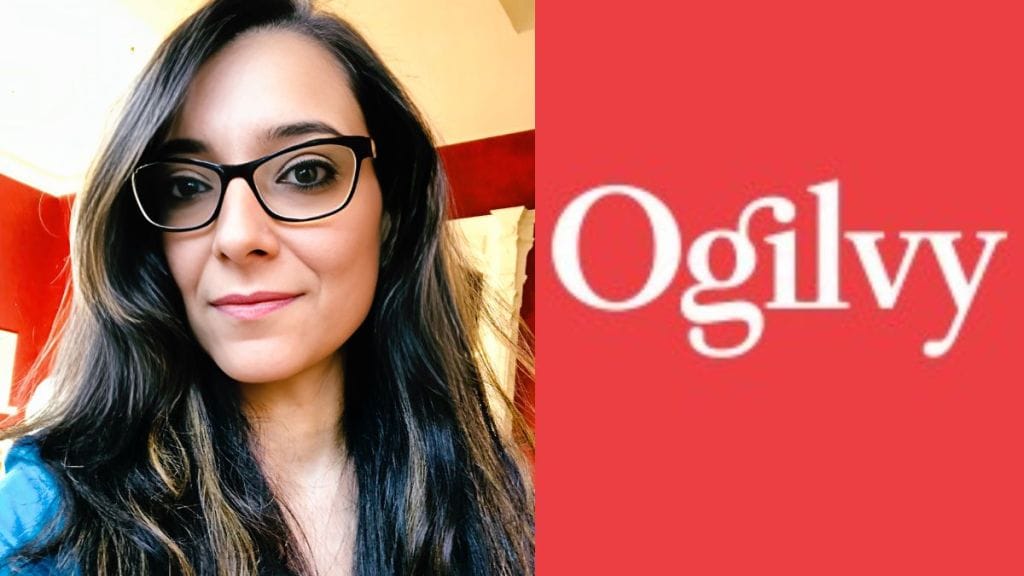By Arneeta Vasudeva
The influencer marketing industry played an important role in disrupting the media and social space, and has continued to grow exponentially ever since. The influencer landscape has evolved to include people from all walks of life (some have been given the moniker ‘micro’ and ‘nano’ influencers) who provide highly relatable content. The number of brands turning to lesser-known influencers with more targeted and engaged audiences is the new trend. Unlike celebrities or popular faces who produce content, micro influencers rely on their social media channels to share their stories and build a following.
With a following between 5,000 and 20,000 people on Instagram, these influencers do not typically have a full-time career in influencer marketing and work their regular day jobs as well. Nano influencers have an online following which is very select, overlapping to a large degree with their offline world. For example, influencers such as an interior designer or a make-up artist who create content. The content created by them is seen as authentic and relatable, making them increasingly popular with brands looking to reach specific audiences.
One of the biggest advantages of working with nano and micro influencers is the cost-effectiveness and reachability. With smaller followings, they typically charge lesser than established ones, making it a reality for companies to run campaigns without breaking the bank.
Another feature is the high engagement rates that nano and micro influencers drive. With smaller and more engaged audiences, they can influence greater number of responses, such as likes, comments, and shares, vis-à-vis influencers with millions of followers who may still struggle on this front.
There is a better personal connection with their followers as it appears, and this authenticity enhances their appeal with brands looking to forge genuine connections with consumers. For example, a brand looking to promote a new line of fitness products can target fitness nano influencers who have a large following of health enthusiasts. This targeting helps to ensure that the brand’s message reaches the right people. If brands activate them at a large scale, nano and micro influencers can be a great way to target niche audiences and increase awareness.
Finally, influencer strategy must tailor fit your target audience. Engaging top-end celebrities, may/may not be the best way to connect with your consumers, in a given scenario. With low-cost implications and a potential for a big payoff in terms of both community-building and sales conversion, it is possible for nano/micro influencers to deliver a bigger impact. Return on investment, especially for brands new to the market, can be high.
The influencer practice will continue to grow and draw attention of marketers, with earned and paid share of collaborations. It has evolved into a horizontal practice that should not be limited to consumer outreach only, there is still more to see on the B2B side of campaigns.
The author is national head, PR & influence, Ogilvy India


